Drum vs fluid bed: How different coffee roasters affect flavour
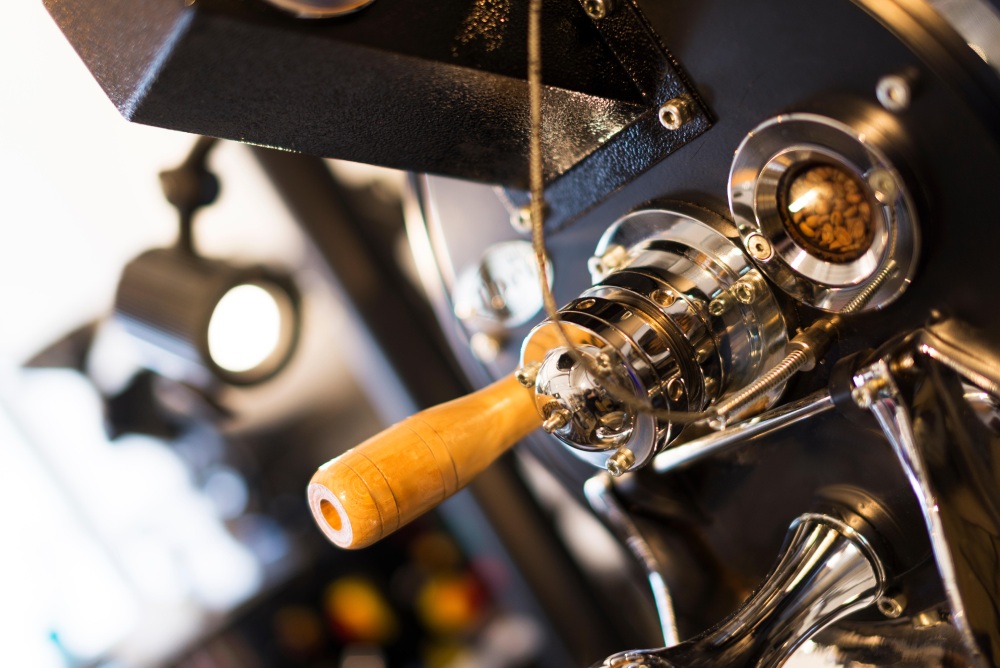
Roasting coffee is both a science and an art, with roasters controlling and changing a wide number of variables to create the best results possible – ranging from the timing of first crack to rate of rise (or RoR).
But one factor that can often be overlooked is the machine itself. While many brands of roasters will perform slightly differently, the type of machine also plays a key role in how heat is dispersed – and therefore how flavour develops.
To learn more, I spoke to Steve Cuevas, head roaster at Black Oak Coffee Roasters and 2023 US Coffee Roasting Championship runner up, and Simo Kristidhi, head of logistics and production at Solberg & Hansen and 2022 World Coffee Roasting Championship runner up. Read on for more of their insight on how different roasters affect coffee flavour.
You may also like our article on how to know when it’s time to upgrade to a new roaster.
Different types of roasters
Coffee roasters around the world use a number of different machines. From more traditional drum roasters to fluid bed machines, they are all designed to roast coffee in different ways. So considering these factors when deciding which type of roaster to buy is important.
Classic drum roasters, for example, are some of the most common machines seen in roasteries, and are usually made from cast iron or steel. Indirectly heated roasters, meanwhile, heat air in a separate chamber and then funnel the heated air into the drum to roast coffee.
Fluid bed roasters are also a popular option, mostly because the risk of damage to the beans from the heat source is relatively low. By using a stream of hot air to lift and circulate the coffee beans, they aren’t in contact with any hot surfaces in the roaster.
Finally, recirculation roasters are highly energy efficient because they recycle and reuse exhaust air to heat the drum. However, if too much air is recirculated, it can impart a smokey flavour to the coffee.
How do roasters develop flavours in coffee?
As a result of applying and controlling heat to green coffee, many chemical reactions take place during different phases of the roasting process. These stages include:
The charge temperature (temperature of the drum or roasting chamber before adding the beans)
Drying (when green coffee loses moisture)
The Maillard reaction and first crack
Development and second crack
The key to developing a desired roast profile – whether light, medium, or dark – is to apply the correct amount of heat at the right times during the entire roasting process. And ultimately, every roaster will have a different approach.
Steve Cuevas works at award-winning Black Oak Coffee Roasters in California, US. He tells me about the method he uses.
“I like to find the fastest first crack I can hit at the capacity I’m roasting with,” he says. “We have to figure out what the largest batch size is for our roaster and in what time frame we can hit first crack.”
For reference, first crack is the sound coffee makes when it reaches a certain external temperature (about 201°C to 207°C, or 395°F to 405°F). This happens because water trapped inside of the coffee is released as steam – causing irreversible changes to the structure of the beans.
“Let’s say we’re roasting 55lb batches, which is 100% capacity for our machine, but we would only reach first crack at about nine minutes with this capacity,” he adds. “For single origins, you would want to hit first crack earlier, so we would make our batch sizes smaller based on the amount of heat produced from the machine.”
Consistent heat application throughout the period when the Maillard reaction (also known as the browning phase, when sugars and proteins transform under heat) will also significantly affect the final flavour profile of a particular coffee.
Does the type of roaster have an impact on flavour development?
One of the main differences between types of roasters is how they apply, recirculate, and retain heat. A cast iron or steel drum roaster, for instance, will retain more heat for longer than a fluid bed or indirectly heated machine. This means that when using the former, you will need to apply less heat in the later stages of the roasting process as most of the initial heat expelled at the beginning stages will be retained throughout the roast.
To a certain extent, however, the type of roaster you use will not directly impact the flavour of coffee, but different machines do disperse heat in different ways – which any roasting professional must be mindful of.
While a cast iron or steel drum machine won’t necessarily “add” different flavours to coffee than a fluid bed roaster, the way in which both machines apply heat to coffee will impact the overall sensory profile.
Simo Kristidhi works at pioneering Nordic roaster Solberg & Hansen. He has extensive experience using both traditional drum and indirectly heated roasters, and explains to me how he controls airflow differently for both machines.
“If you opt for, let’s say, a filter or espresso roast using a drum roaster then the sweetness and the body will be more pronounced compared to using a roaster with an indirect heat source,” he says. “We tend to roast ‘Nordic’ style, which is usually a lighter profile with more acidity, so the biggest issue for us when roasting with an indirectly heated machine was that the coffees were very clean, but also lacked body.”
Are different types of machines better for certain coffees?
Although there is no one-size-fits-all approach to roasting certain coffees, it’s evident that different types of machines may help to highlight certain flavour characteristics.
Simo tells me that because they result in cleaner flavour profiles, indirect heating roasters work well for higher-scoring coffees that have a lot of sweetness and acidity. On the other hand, these machines can also highlight any defects in the coffee more than other roasters.
To combat these issues, Simo says he roasts most coffees using indirect heating roasters, and uses a traditional drum roaster for other coffees – particularly those which have more body and sweetness.
Because of their design, most drum machines produce consistent results when roasting with the same coffee. Any differences between batches are likely to be the result of how roasters apply heat and control airflow.
Fluid bed roasters, however, require a different approach. As these machines apply convective heat more evenly and consistently, they tend to roast coffee more quickly than traditional drum roasters – but sometimes with less precision.
Tips and advice for using different machines
Investing in a new roaster is costly, so it’s unlikely that many roastery owners will own or operate more than one type of machine. But there are some key considerations to keep in mind when using different roasters.
Firstly, gas-powered roasters tend to have more efficient heat transfer and a faster response than electric machines, which can enhance acidity levels. Electric roasters, however, tend to distribute heat more evenly – which can lead to a sweeter and more well-rounded flavour profile.
When using a drum roaster, it’s essential to consider the drum speed and airflow. A slower drum speed and higher airflow can lead to a more even roast and increased development of more complex flavours. Conversely, a faster drum speed and lower airflow can produce brighter acidity and enhance more fruity flavours.
With fluid bed roasters, it’s essential to take airflow and bean agitation into account. Higher airflow and increased agitation can result in a lighter roast with brighter acidity, while lower airflow and less agitation can lead to a darker roast profile with more chocolatey and nutty flavours.
Consistency and experimenting
Whichever machine you use, when developing flavour profiles, keeping a consistent roast profile is important. Additionally, recording detailed information about each batch will help you to adjust your roast profile to achieve the desired flavour.
Finally, experimentation is key. Roasting different coffees to different roast profiles will allow you to discover new and unique flavour profiles.
Whether you use a classic drum roaster or a fluid bed machine, taking the time to understand how your roaster affects coffee flavour development is key.
In turn, you can make much more informed decisions about how and when to control different variables – and achieve the results you want.
Enjoyed this? Then read our article on whether there is a universal way to approach roast profiling.
Perfect Daily Grind
Want to read more articles like this? Sign up for our newsletter!
The post Drum vs fluid bed: How different coffee roasters affect flavour appeared first on Perfect Daily Grind.
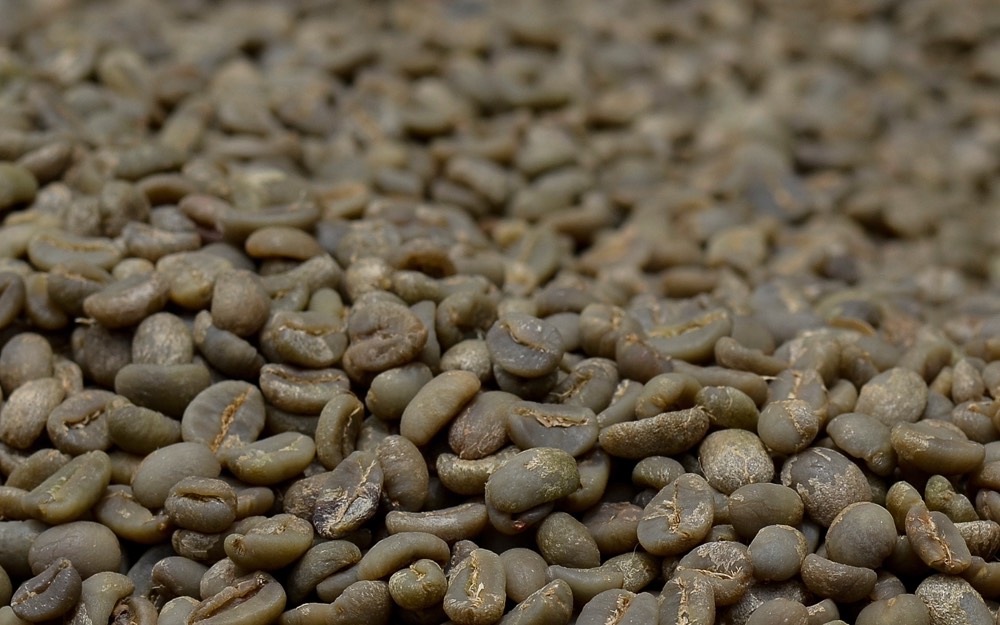
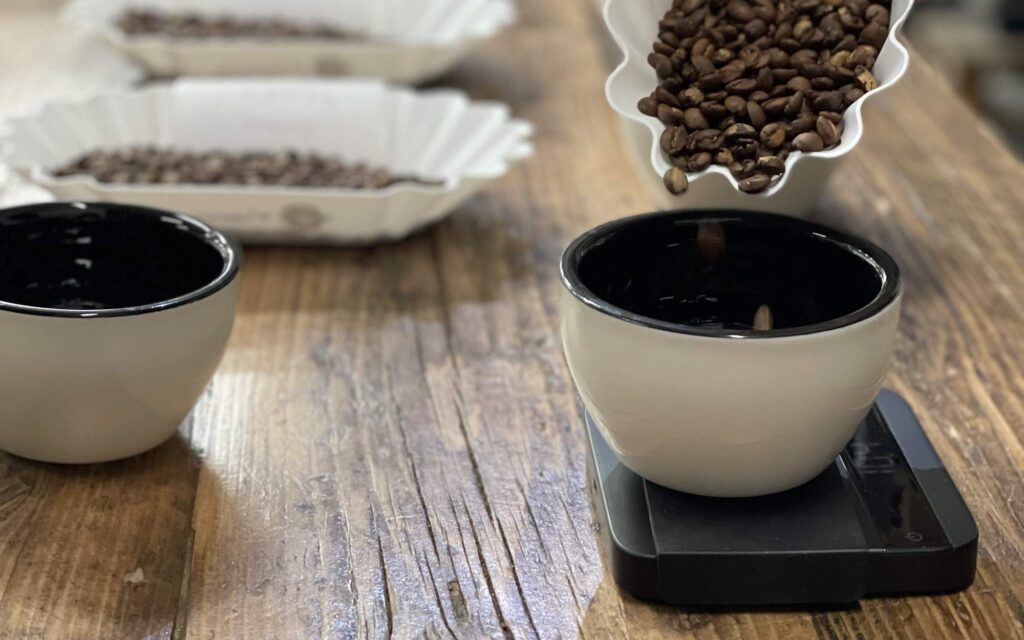

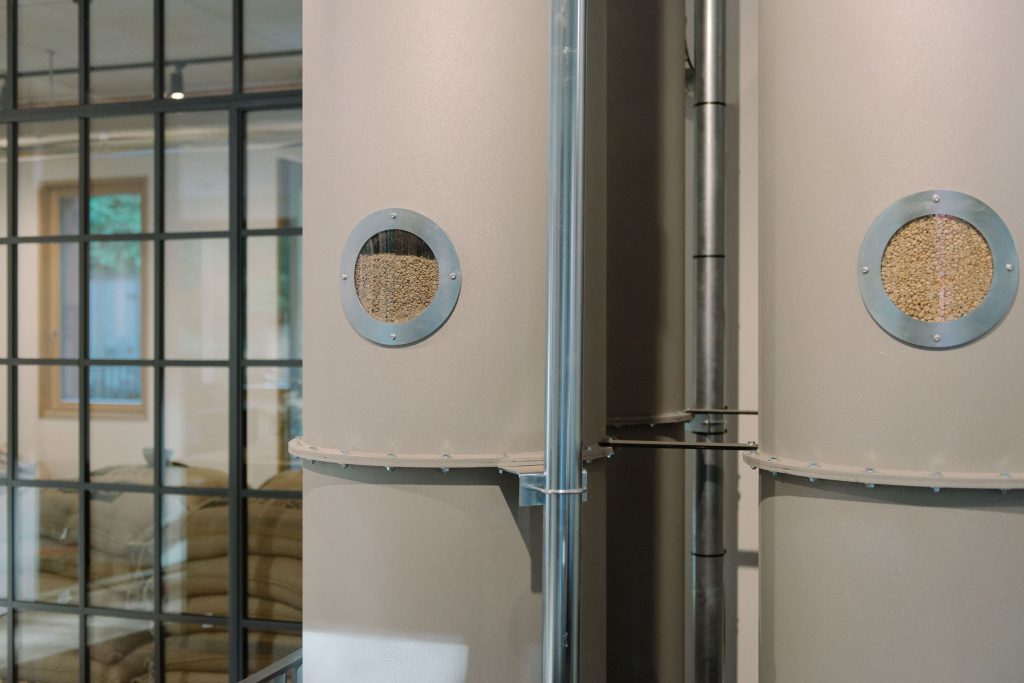
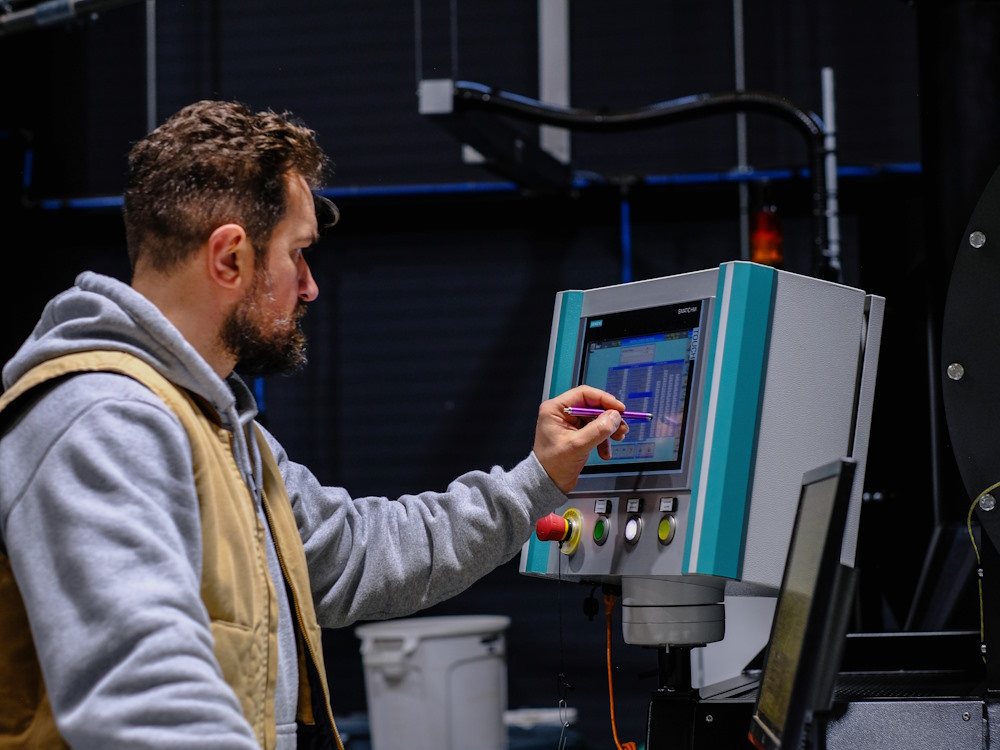
Responses